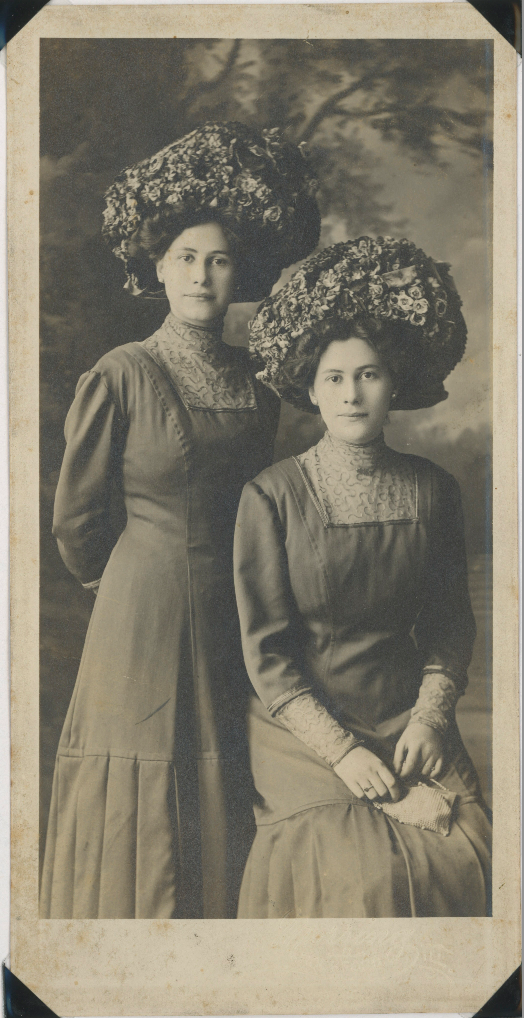- amypflasterer
.jpg/v1/fill/w_320,h_320/file.jpg)
- May 23, 2023
- 2 min read
Updated: Jun 7, 2023
Can we take a moment to appreciate the timeless tradition of school photos? Not just the awkward photos from the school portrait photographer, but the snapshots from the first day of school and on. Class parties, programs, sports and activities, dances and finally graduation. They serve as more than just a snapshot in time; they show the chapters of growth, friendship, and memories.

School photos connect us to our past and bridge the gap between generations. We all have the awkward photos from 6th grade. All of us, Grandparents, parents and our childhood best friends sat on that stool, tilted our head and smiled that forced smile. Even the worst school photos create a feeling of continuity, allowing us to glimpse the younger versions ourselves in the faces of our children.

In this digital age, where most memories are stored online, there's something undeniably special about holding a physical copy of a school photo or thumbing through the pages of an old yearbook. But transferring these photos to digital is important. Keeping these images safe and accessible will ensure that they will continue to do what they were meant to do. They will continue to make a connection from one generation to the next, showing us that while we change, we keep so many things the same.
Your photo organization will undoubtedly include school photos. Do you buy the school portraits every year but never print them out? Or if you do print them, do you stack the new one inside of the frame on top of last year's photo? What about all of the photos from school parties, concerts, dances and activities? Are they only to be shared on social media and then lost in our digital shuffle?
Let's get these school photos saved and organized. Before you know, it you'll want to create graduation slideshows or send that first day of school photo to their high school yearbook for the perfect senior tribute. Wouldn't it be nice to know exactly where these photos are when you need them?
I would love to help you with your photo project. Let's get started with scanning, organizing, printing, framing or creating photo books.
.jpg)






